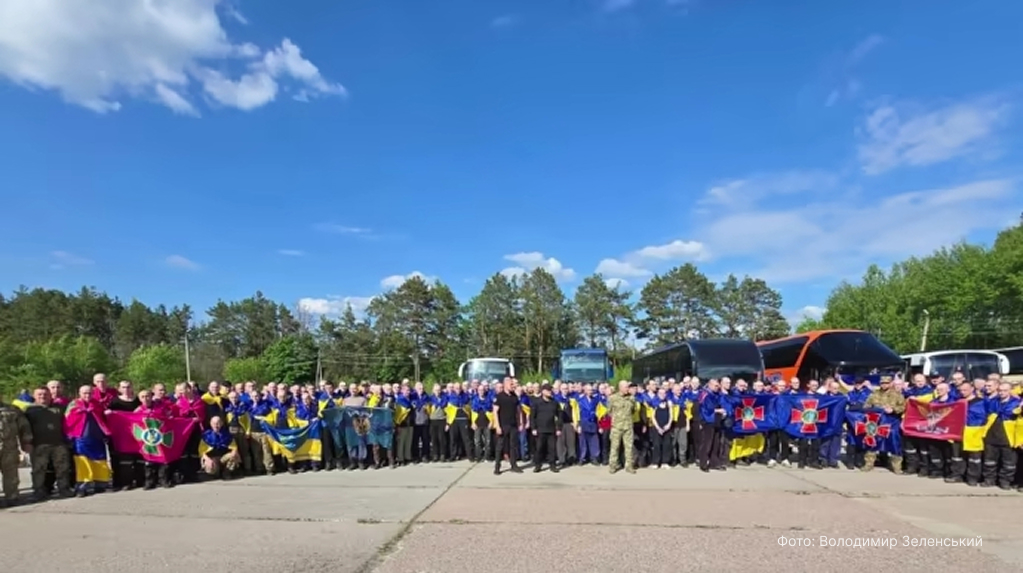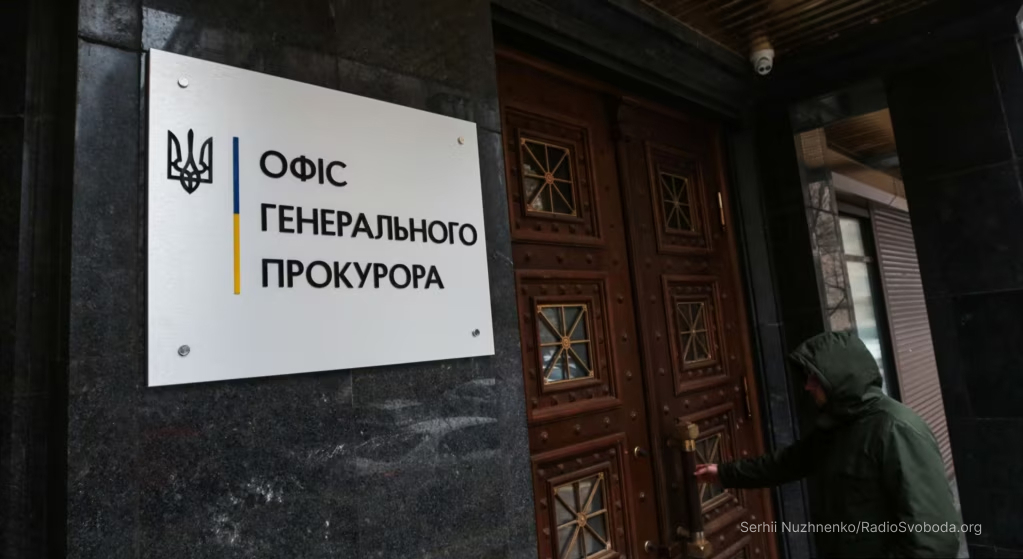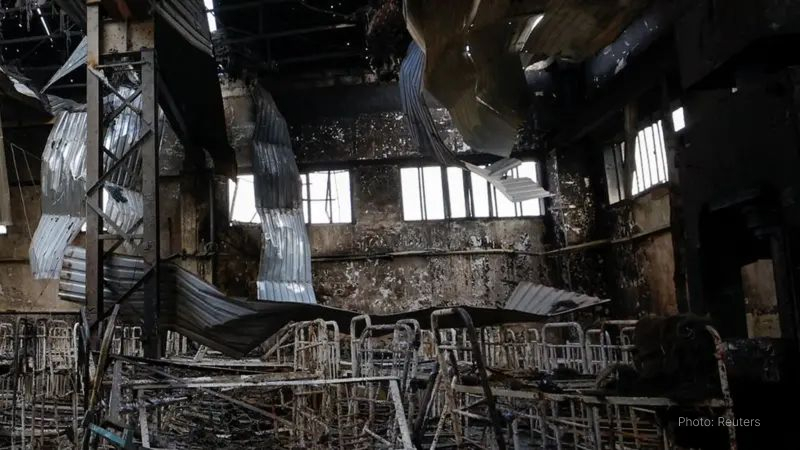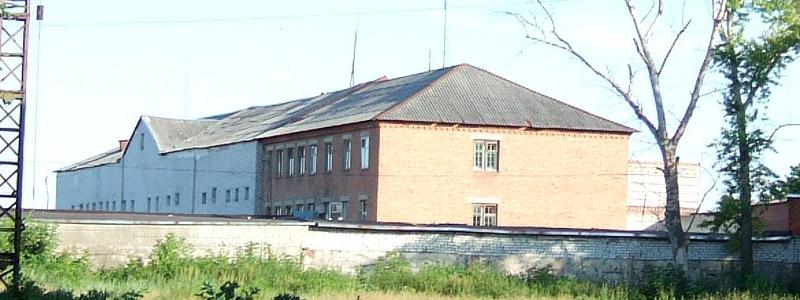
Stary Oskol Pre-Trial Detention Centre No. 2
Belgorod Oblast, Stary Oskol
Russia
Pre-Trial Detention Centre
Active
Overview
Pre-Trial Detention Centre No. 2 in Stary Oskol is a Russian pre-trial detention facility used to imprison both Ukrainian civilians and prisoners of war, including defenders from Azovstal. Testimonies reveal that this facility operates as a repressive and violent system – prisoners endure overcrowding, routine beatings, lack of medical care, and psychological torment.
Torture & Abuse
Upon arrival, prisoners undergo brutal “admissions” involving beatings with batons, fists, feet, and stun guns. Certain guards used tactical gloves to inflict maximum pain. Some prisoners were hanged upside-down, subjected to electric shocks, and beaten in ways intended to leave no visible injuries. During daily “walks,” prisoners were pushed against walls and beaten in the ribs, kidneys, and legs.
The most extreme abuse was inflicted on Azov fighters and other professional military personnel.
“Re-education” involved groups of guards storming cells and violently beating prisoners until they crawled under bunks. This would continue for weeks or months after arrival.
A tiny “rubber cell” with padded walls, no toilet, and no furniture was used for total isolation. Detainees were held there naked for up to 16 hours or more, denied bathroom access, and subjected to stun gun torture.
Medical Care
Medical assistance was systematically denied. Prisoners requesting medicine were hit with stun guns as punishment. Some POWs avoided mentioning health issues for fear of retribution from guards. One prisoner of war with shrapnel injuries and a non-functioning arm was denied treatment. Russian medical staff told him to wait until “you get home – let them deal with it”.
Food & Sanitation
Meals were sparse and nutritionally insufficient: prisoners received porridge and watery soup three times a day, and black bread often contained mould and sand. Showering occurred once a week for 40-60 seconds. Stun guns were sometimes used during bathing.
The cells were overcrowded and unheated. Eight people were placed in six-person cells. The windows had gaps, creating extreme cold in winter and heat in summer. Mould was present in every cell.
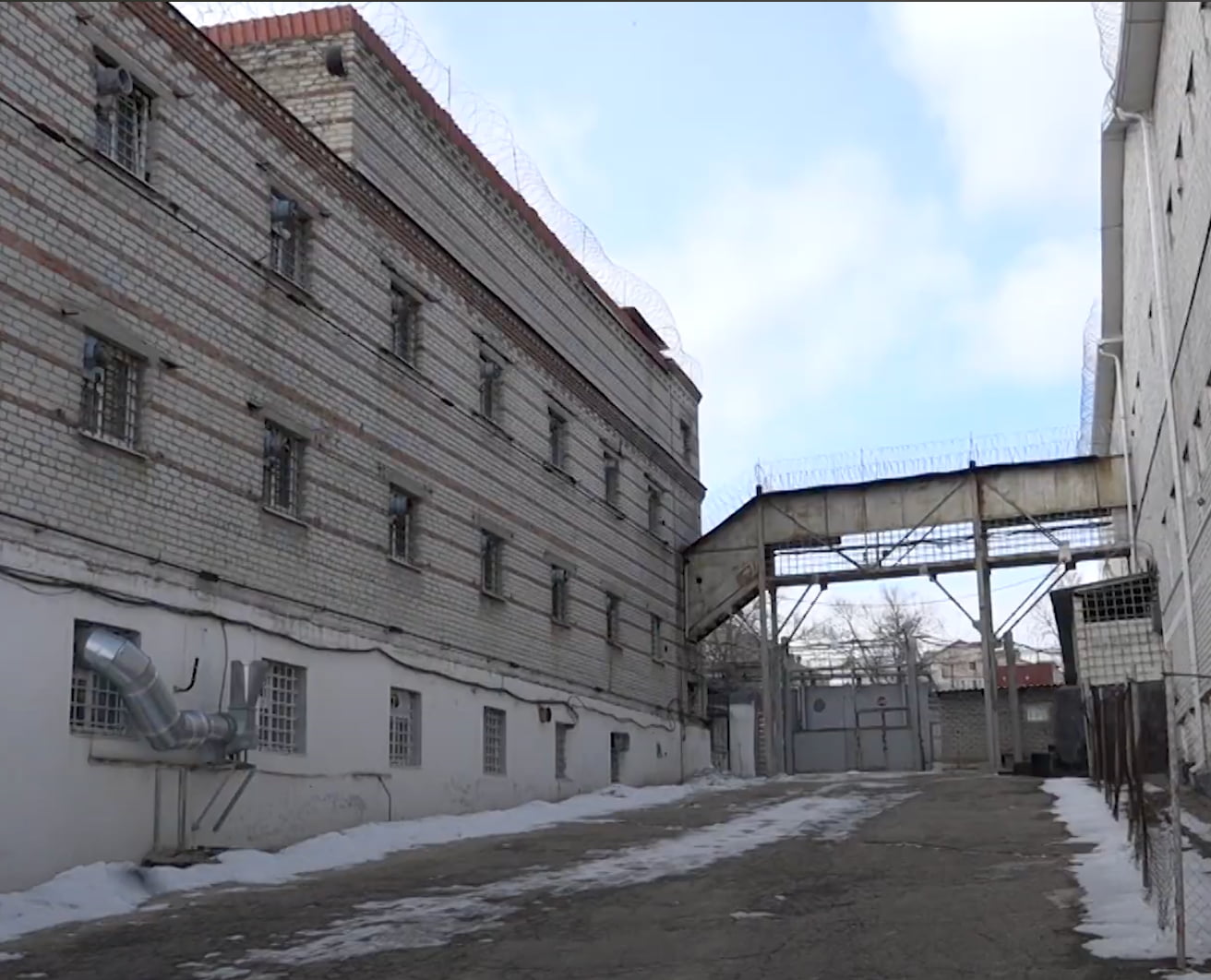
Psychological Pressure
Detainees were often blindfolded and told they were going to be exchanged, only to be mocked and beaten. Solitary confinement was used as coercion: prisoners were isolated, intimidated, and threatened with decades-long prison sentences unless they cooperated.
Prisoners were required to use a formal address toward all staff and rehearse reporting protocols. Mistakes were punished with beatings. Frequent unannounced inspections required prisoners to strip and stand in humiliating positions.
Testimonies & Reports
“They lead you naked into the ‘rubber room,’ and you stand there for 16 hours. When they come in, they shock you with a stun gun… You’re not even allowed to use the toilet” – Oleksandr from the Kharkiv region.
“His arm was cold, with no circulation. His nerves must have been damaged. Some shrapnel was lodged in his hand, but the Russian doctors refused to remove it. ‘Let them deal with you after you go home,’ they told him” – Oleksandr from the Kharkiv region.
Pre-Trial Detention Centre No. 2 in Stary Oskol is a Russian pre-trial detention facility used to imprison both Ukrainian civilians and prisoners of war, including defenders from Azovstal. Testimonies reveal that this facility operates as a repressive and violent system – prisoners endure overcrowding, routine beatings, lack of medical care, and psychological torment.
Upon arrival, prisoners undergo brutal “admissions” involving beatings with batons, fists, feet, and stun guns. Certain guards used tactical gloves to inflict maximum pain. Some prisoners were hanged upside-down, subjected to electric shocks, and beaten in ways intended to leave no visible injuries. During daily “walks,” prisoners were pushed against walls and beaten in the ribs, kidneys, and legs.
The most extreme abuse was inflicted on Azov fighters and other professional military personnel.
“Re-education” involved groups of guards storming cells and violently beating prisoners until they crawled under bunks. This would continue for weeks or months after arrival.
A tiny “rubber cell” with padded walls, no toilet, and no furniture was used for total isolation. Detainees were held there naked for up to 16 hours or more, denied bathroom access, and subjected to stun gun torture.
Medical assistance was systematically denied. Prisoners requesting medicine were hit with stun guns as punishment. Some POWs avoided mentioning health issues for fear of retribution from guards. One prisoner of war with shrapnel injuries and a non-functioning arm was denied treatment. Russian medical staff told him to wait until “you get home – let them deal with it”.
Meals were sparse and nutritionally insufficient: prisoners received porridge and watery soup three times a day, and black bread often contained mould and sand. Showering occurred once a week for 40-60 seconds. Stun guns were sometimes used during bathing.
The cells were overcrowded and unheated. Eight people were placed in six-person cells. The windows had gaps, creating extreme cold in winter and heat in summer. Mould was present in every cell.

Detainees were often blindfolded and told they were going to be exchanged, only to be mocked and beaten. Solitary confinement was used as coercion: prisoners were isolated, intimidated, and threatened with decades-long prison sentences unless they cooperated.
Prisoners were required to use a formal address toward all staff and rehearse reporting protocols. Mistakes were punished with beatings. Frequent unannounced inspections required prisoners to strip and stand in humiliating positions.
“They lead you naked into the ‘rubber room,’ and you stand there for 16 hours. When they come in, they shock you with a stun gun… You’re not even allowed to use the toilet” – Oleksandr from the Kharkiv region.
“His arm was cold, with no circulation. His nerves must have been damaged. Some shrapnel was lodged in his hand, but the Russian doctors refused to remove it. ‘Let them deal with you after you go home,’ they told him” – Oleksandr from the Kharkiv region.
News
see more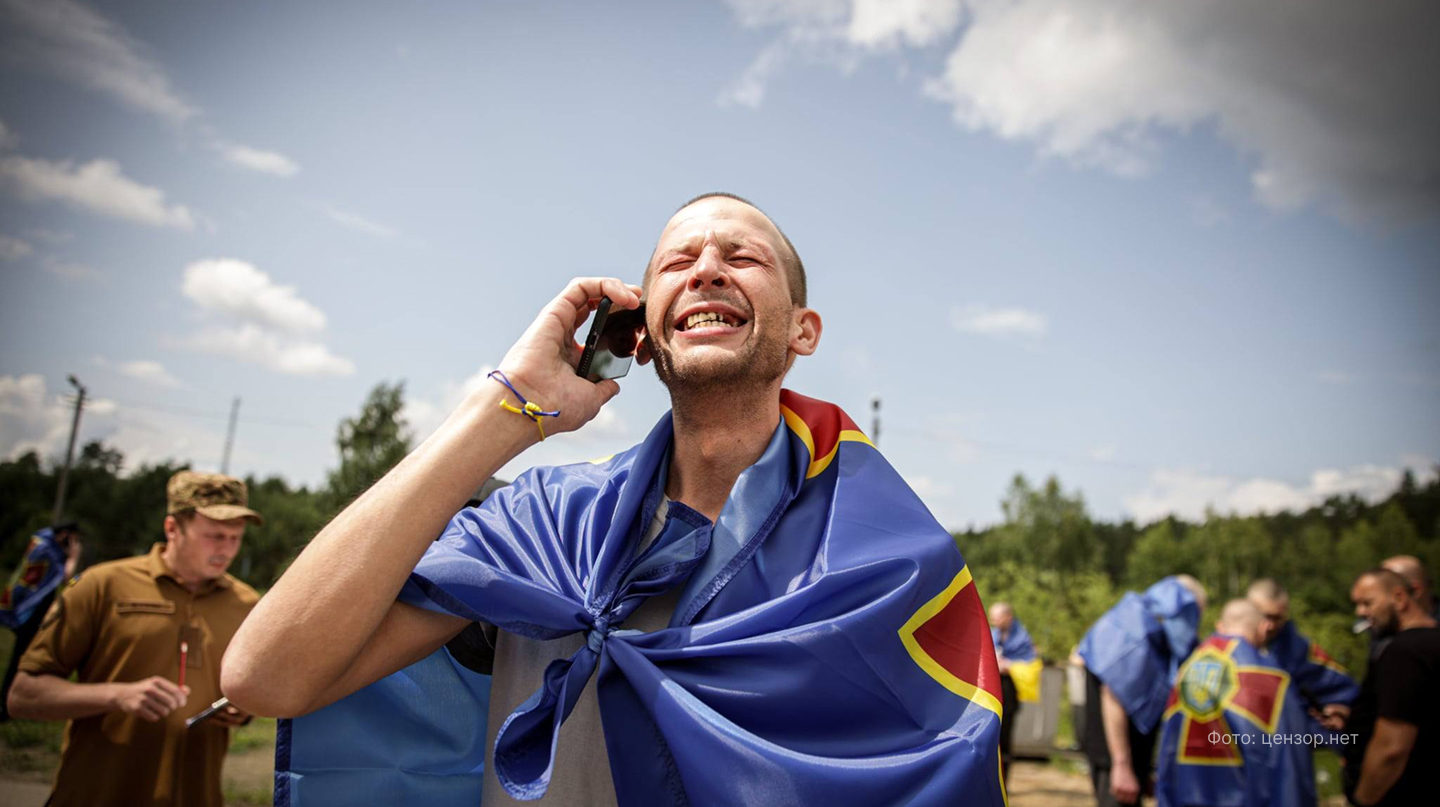
“The captives were forced to walk with their heads down”: how the rehabilitation of released Ukrainian soldiers takes place
Ukrainian servicemen released from Russian captivity often arrive at the National Guard’s medical centre in extremely poor condition, both physically and psychologically.
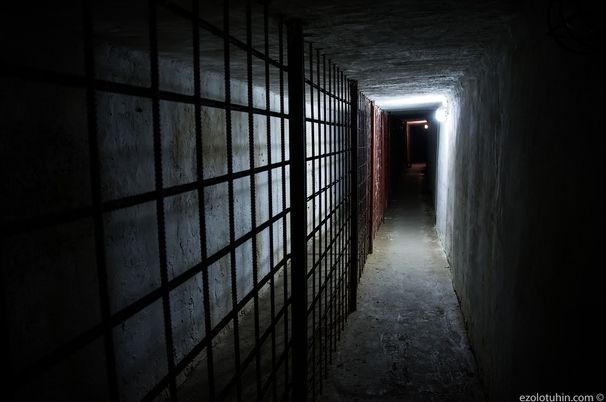
Russia has established a network of torture chambers for Ukrainian prisoners of war.
At least five secret prisons in Russia are holding Ukrainian POWs.

SBU presses charges against russian judges for the unlawful sentencing of Azov Brigade POWs
The Security Service of Ukraine (SBU) has charged in absentia two judges of Russia’s Southern District Military Court, Konstantin Prostov and Sergey Obraztsov, with war crimes against Ukrainian prisoners of war.
questions & answers
You can make a difference
Have a question, a message, or something important to share?
Whether it’s information, a concern, or a word of support, we want to hear from you.
Every voice matters.
